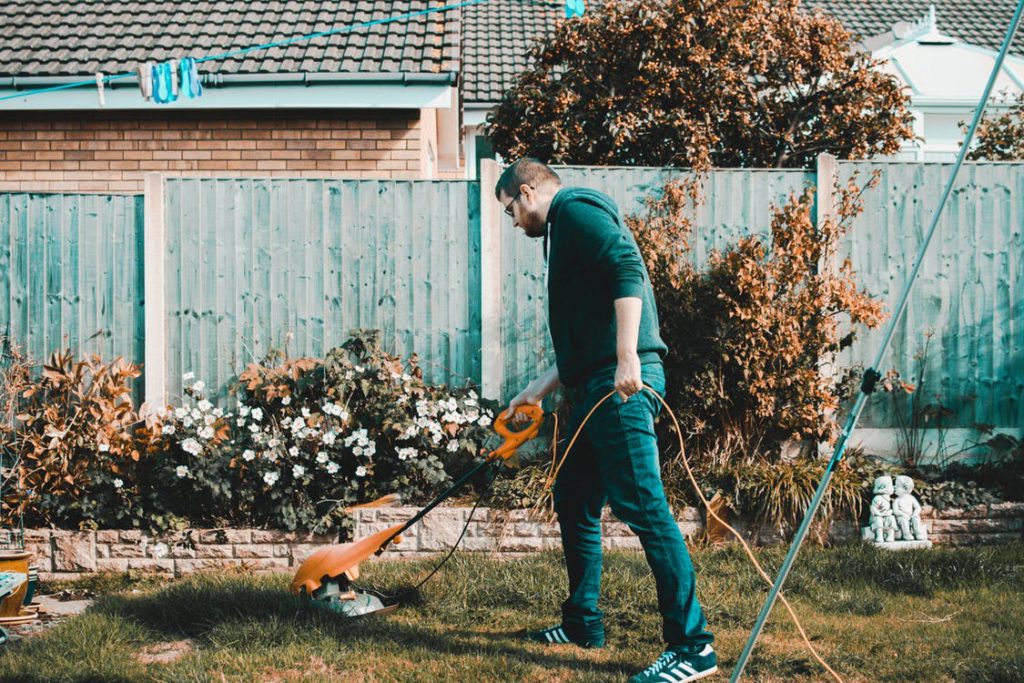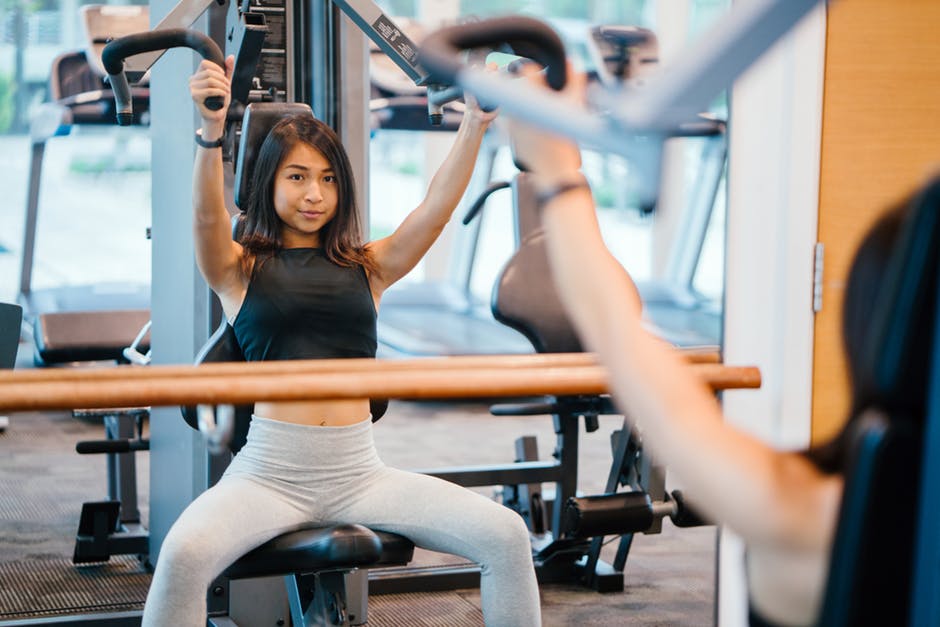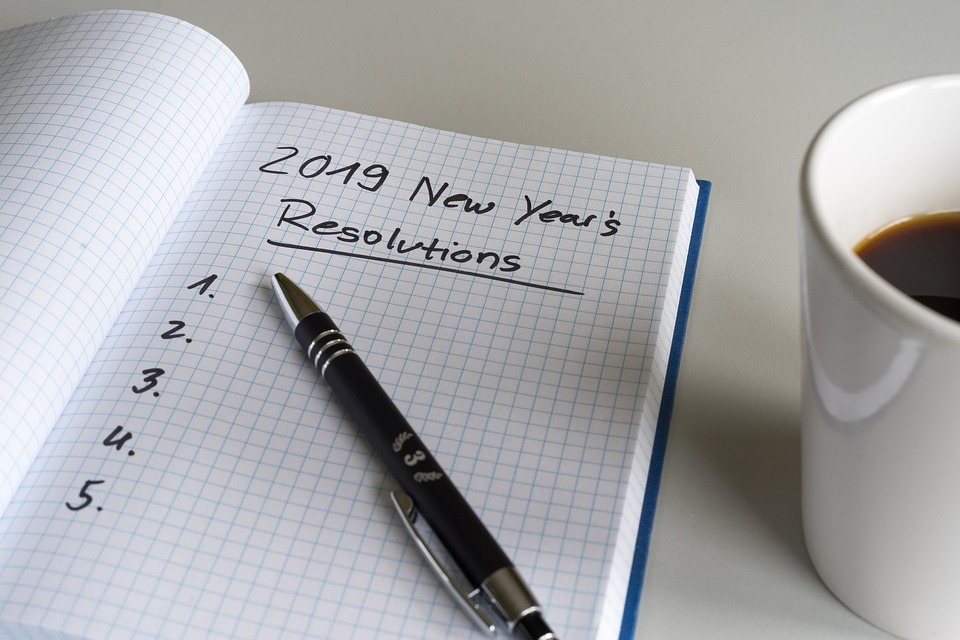
The prospect of camping and all that it entails — such as setting up a tent, loading and unloading the car, sitting in uncomfortable chairs, and going on hikes — might worry you if you have any back or neck pain. However, this shouldn’t stop you from enjoying a fun and relaxing camping trip with your friends and family! Here are some tips and tricks to give you an optimal and pain-free time around the campfire this summer.
Only Pack What You Need
When you prep your bags and car for camping, only pack what you need. We’re all guilty of overpacking, so make some checklists on your phone to ensure you bring only what you really need. This way, your bag won’t be too heavy and hurt your back and shoulders.
Take Your Time Loading and Unloading
You might be tempted to grab everything all at once when loading and unloading your home, car, or tent to save time. Do yourself a favor and split things up into multiple trips for lighter loads. This will protect you from pulling a muscle or agitating sore body parts. Besides, you’re camping — no need to rush!
Choose the Right Equipment
Camping with a bad back, sore neck, or other aches and pains can be further worsened by sleeping on the rocky ground or sitting on a log. Research which cots and air mattresses are best for your specific concerns, and bring camping chairs with supportive backs to give you proper support around the campfire.
[Related: How to Manage Pain While Gardening This Spring]
Focus on Accessibility
Think ahead when it comes to walking around your campsite. Before you hit the hay, clear off a path from your tent to the restroom and your vehicle so that you won’t trip and fall during the night. Keep a flashlight or headlamp handy, and set frequently used items on top of a picnic table or somewhere else where you won’t have to bend down and lift up repeatedly.
Don’t Overcompensate Just Because You’re in Nature
When we’re out somewhere surrounded by nature, we might suddenly feel like we’ve been mountaineers and rock climbers all our lives. Unless that happens to be the case, take it easy! Pace yourself and don’t bite off more than you can chew during hikes, climbs, and swims.
Keep Hydrated
Possibly the most important tip is to keep hydrated. During a camping trip, cold brew and beer might be flowing, but water should be your No. 1 beverage, especially if you’re being active and are out in the sun for several hours. Water will keep headaches away and help decrease aches and pains in your body caused by dehydration.
The sun is shining and the great outdoors awaits, so don’t let a sore neck or bad back prevent you from enjoying a good camping trip or two this summer. Contact Spencer Chiropractic today to schedule a consultation or adjustment before your next campout!




